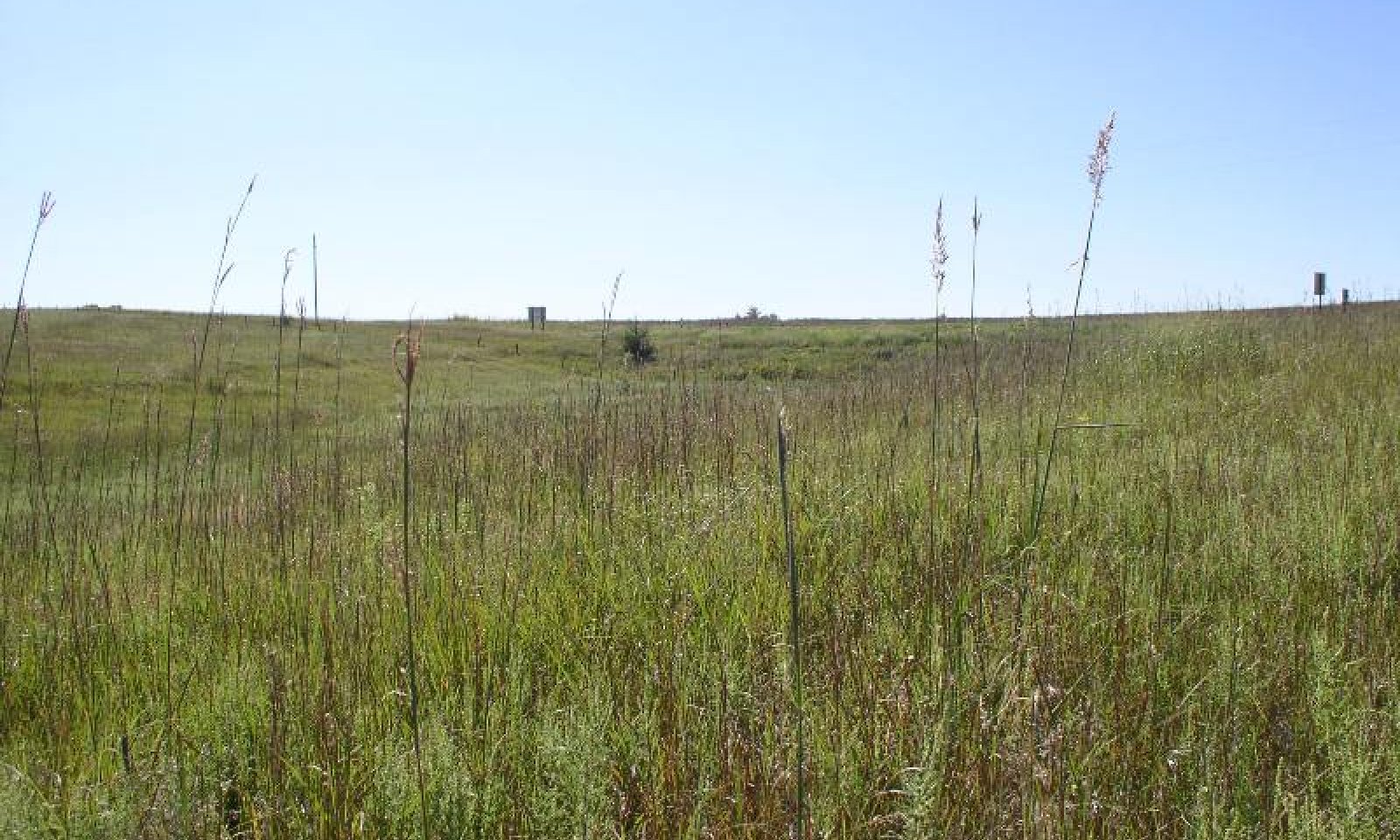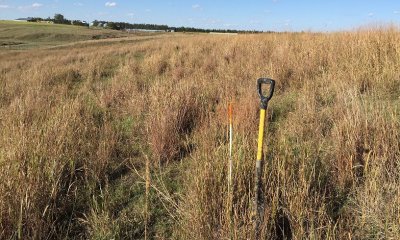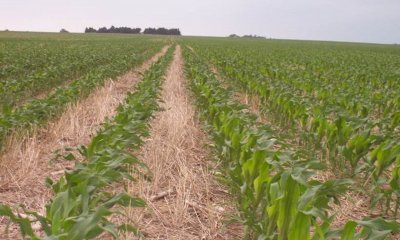
Loamy Plains
Scenario model
Current ecosystem state
Select a state
Management practices/drivers
Select a transition or restoration pathway
- Transition T1 More details
- Transition T2 More details
- Transition T3 More details
- Transition T6 More details
- Transition T5 More details
- Transition T9 More details
- Transition T7 More details
- Transition T4 More details
- Restoration pathway T8 More details
-
No transition or restoration pathway between the selected states has been described
Target ecosystem state
Select a state
Submodel
Management interpretations
Critical values |
Interpretations |
Submodel
Management interpretations
Critical values |
Interpretations |
Critical values |
Interpretations |
Soil Condition IndexCritical values |
Interpretations |
|
> 0.5 SCI |
Optimum cropland state |
|
0.0 - 0.5 SCI |
Average cropland state |
|
< 0.0 SCI |
Degraded |
Wind ErosionCritical values |
Interpretations |
|
0.8 t/ac |
corn, grain |
|
0.0 t/ac |
soybean, group II, III, and IV |
Submodel
Management interpretations
Growth Curve - AlfalfaCritical values |
Interpretations |
|
0 |
Jan |
|
0 |
Feb |
|
0 |
Mar |
|
10 |
Apr |
|
25 |
May |
|
25 |
Jun |
|
20 |
Jul |
|
15 |
Aug |
|
5 |
Sep |
|
0 |
Oct |
|
0 |
Nov |
|
0 |
Dec |
Production - DrylandCritical values |
Interpretations |
|
5,700-14,300 |
alfalfa |
|
2,900-11,400 |
big bluestem |
|
2,900-11,400 |
eastern gamagrass |
|
3,700-10,000 |
smooth brome |
|
2,900-10,000 |
switchgrass |
|
3,400-9,100 |
tall fescue |
Production - IrrigatedCritical values |
Interpretations |
|
8,600-20,000 |
alfalfa |
|
7,100-17,100 |
big bluestem |
|
7,100-23,000 |
eastern gamagrass |
|
8,600-17,100 |
smooth brome |
|
5,700-15,700 |
switchgrass |
|
7,100-15,700 |
tall fescue |
Mechanism
Cultivation (Irrigation Well and Irrigation Application System if irrigated)
Transition T2


Mechanism
Cultivation and reseeding, abandoned, or combination of fertilizer, seeding, heavy summer grazing
Mechanism
Encroachment by red cedar and lack of fire or brush management; Tree planing and Forest stand management
Mechanism
Pasture seeding
Mechanism
Abandonment and tree encroachment; Tree planting and Forest stand management
Mechanism
Cultivation, (Irrigation well and Irrigation application system if irrigated)
Mechanism
Encroachment by red cedar and lack of fire or brush management, Tree planting and Forest stand management
Mechanism
Clearing and cultivation
Model keys
Briefcase
Add ecological site groups and Major Land Resource Areas to your briefcase by clicking on the briefcase (![]() ) icon wherever it occurs. Drag and drop items to reorder. Cookies are used to store briefcase items between browsing sessions. Because of this, the number of items that can be added to your briefcase is limited, and briefcase items added on one device and browser cannot be accessed from another device or browser. Users who do not wish to place cookies on their devices should not use the briefcase tool. Briefcase cookies serve no other purpose than described here and are deleted whenever browsing history is cleared.
) icon wherever it occurs. Drag and drop items to reorder. Cookies are used to store briefcase items between browsing sessions. Because of this, the number of items that can be added to your briefcase is limited, and briefcase items added on one device and browser cannot be accessed from another device or browser. Users who do not wish to place cookies on their devices should not use the briefcase tool. Briefcase cookies serve no other purpose than described here and are deleted whenever browsing history is cleared.
Ecological site groups
Major Land Resource Areas
The Ecosystem Dynamics Interpretive Tool is an information system framework developed by the USDA-ARS Jornada Experimental Range, USDA Natural Resources Conservation Service, and New Mexico State University.




